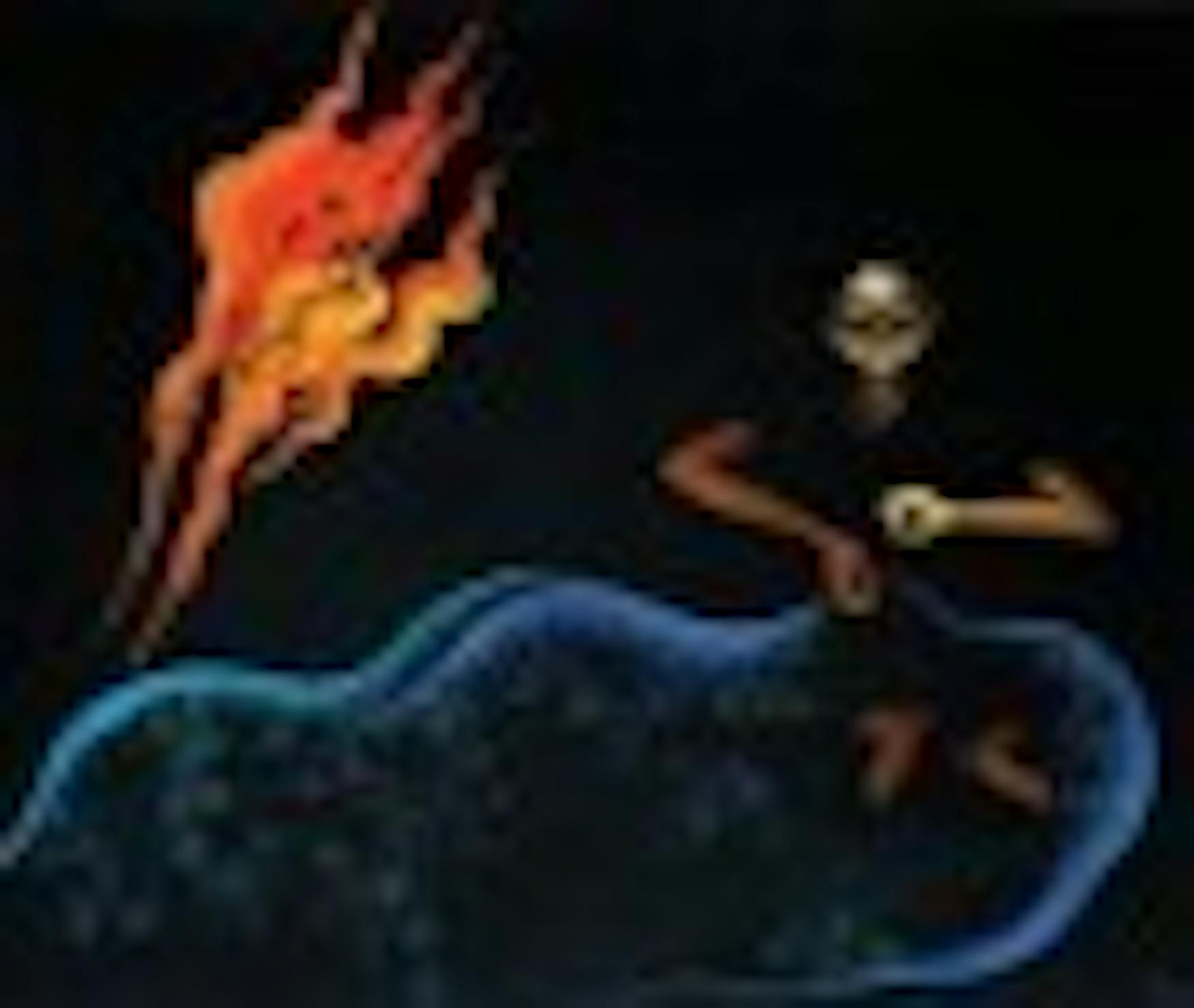Indian art explores womens' issues
"Feminist art, integral to women's search for empowerment and social justice, is committed to reclaiming the unsaid of women's experience," writes women's studies scholar Elinor Gadon in an essay. Her statement perhaps sums up the main focus of "Tiger by the Tail! Women Artists of India Transforming Culture," the upcoming visual art exhibit at the Women's Studies Research Center. The exhibit features the works of female artists from India, all adhering to the theme of breaking women's silence in Indian society.According to Gadon, co-curator of the exhibit and a resident scholar at the WSRC, "Indian mythology and culture have valorized" women's suffering. Women in Indian society have traditionally kept quiet about their pain. "Tiger by the Tail!" aims to break that silence by using their art to "transform the myth, subvert the icon, perform the body," and examine "issues of identity, violence and healing."
Though the art incorporates classic Indian imagery, the works are far from the traditional representation of its women, religion and culture. One work, a photograph of four hands covered with ceramic eyes, subverts Hindu religious ceremonies by using the small glass eyes sold outside temples in India, which are intended to represent protection by Hindu deities. Gadon calls this a "ridiculing gesture" and a "postmodern liturgy."
A painting titled "Untouchable" is a self-portrait in which the artist sits atop a pile of burning logs. The painting vividly references the traditional practice of sati, the burning of widows on the funeral pyres of their deceased husbands, but the woman in the painting isn't injured. The title also refers to another oft-maligned aspect of traditional Indian society-the caste system, wherein the "untouchables" were the lowest class, forced to do the least-desirable work in society because of the status they were born with.
"Feminism in the United States has focused largely on equality for the individual-equal rights, equal opportunity and equal pay," Shulamit Reinharz, the WSRC's founder and director, says. "Feminism in India is focused primarily on the social good."
"I consider Indian feminist art to be more nuanced, less strident," says Gadon. "It differs in large measure from [its American counterpart] in its historical context, aesthetics and modalities of representation."
The exhibit is the WSRC's largest undertaking to date, and the first museum exhibition of all-female Indian artists. All of the artists featured are educated female artists who are highly acclaimed in their native India.
"I wanted to build a cultural bridge for women and everyone on campus," says Gadon.
"Tiger!" is Gadon's conception, but both she and WSRC gallery curator, Wendy Tarlow Kaplan, and Roobina Karode, an Indian curator and art critic, have worked to bring it together. The majority of the works will be hung in the Kniznick Gallery in the WSRC; the video works will be in the Rose Art Museum's Mildred S. Lee Gallery.
A number of lectures and other events have been planned around the opening of the exhibition. The opening reception, at which the artists will be present, will take place at 5:30 p.m. Oct. 2. A film series will begin Oct. 11 and continue for the following two Thursdays. The films, made by female Indian filmmakers, will be followed by a discussion with Prof. Harleen Singh (SAS). Two symposia are planned for the next two months as well: an International Symposium Oct. 2 to 3 in the Shapiro Campus center Theater, and a Symposium on Asian Sexualities Nov. 6 at the Rose Art Museum and the WSRC. Finally, a gallery talk with Gadon and Nancy Salzer, the video installation coordinator for the exhibit, will take place at the Rose Saturday, Oct. 6 from 2 to 3 p.m. The exhibition will run through Dec. 14.



Please note All comments are eligible for publication in The Justice.